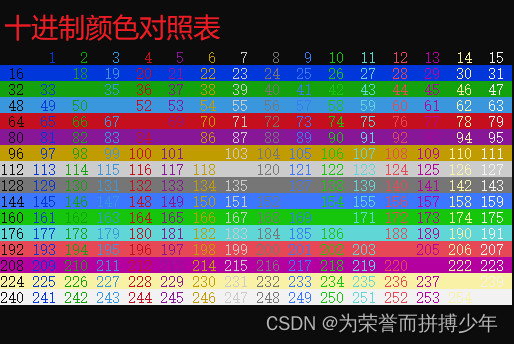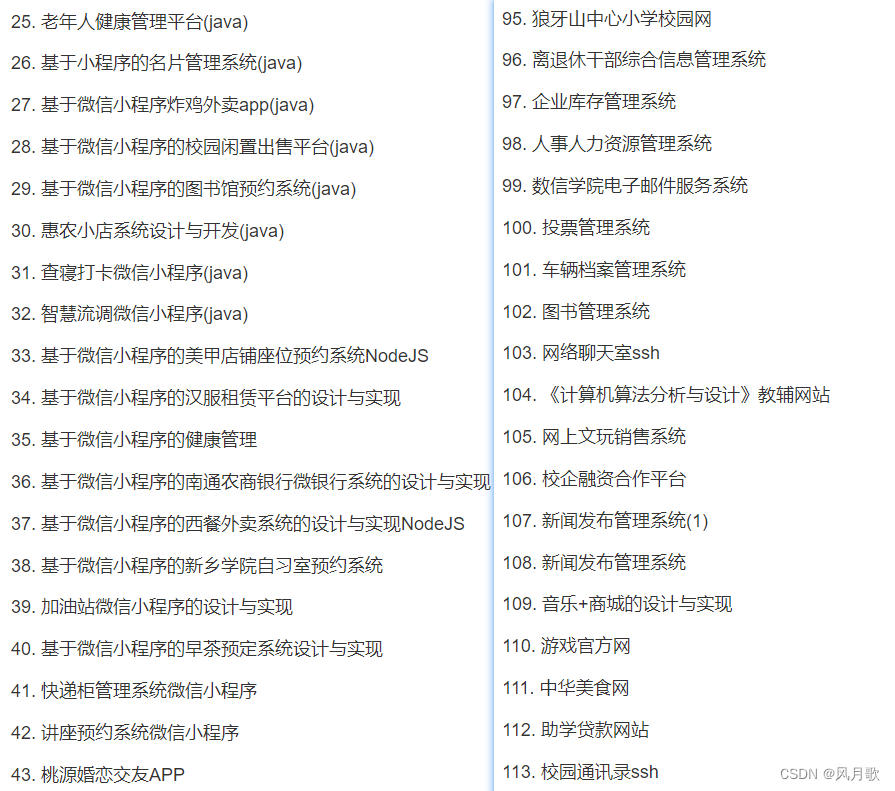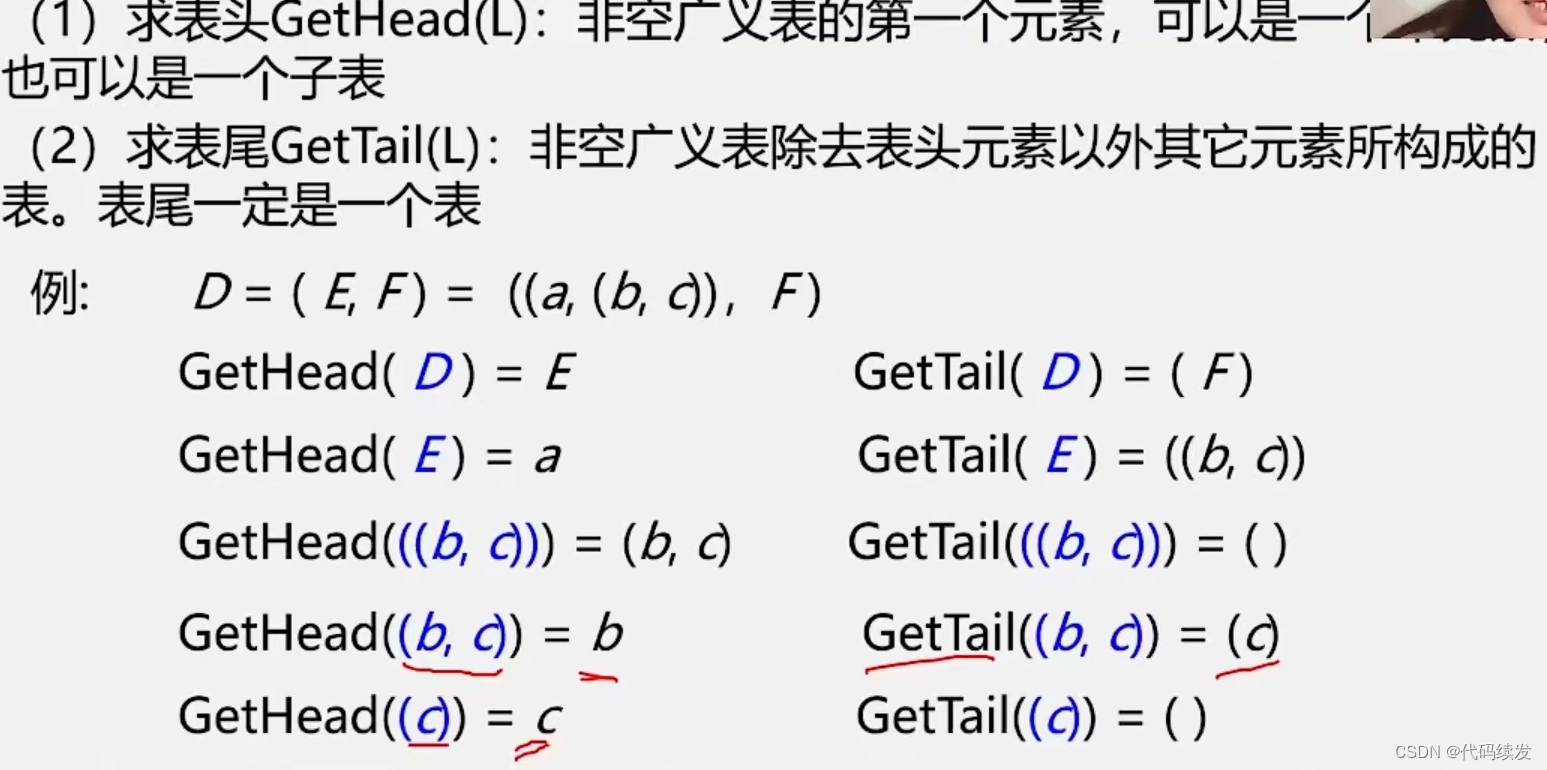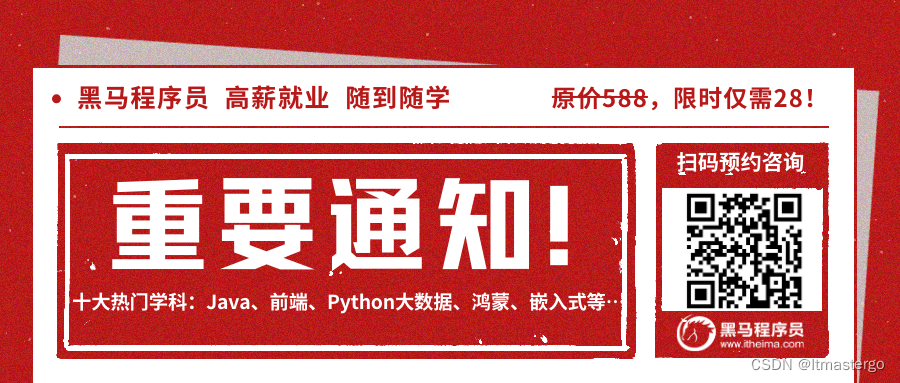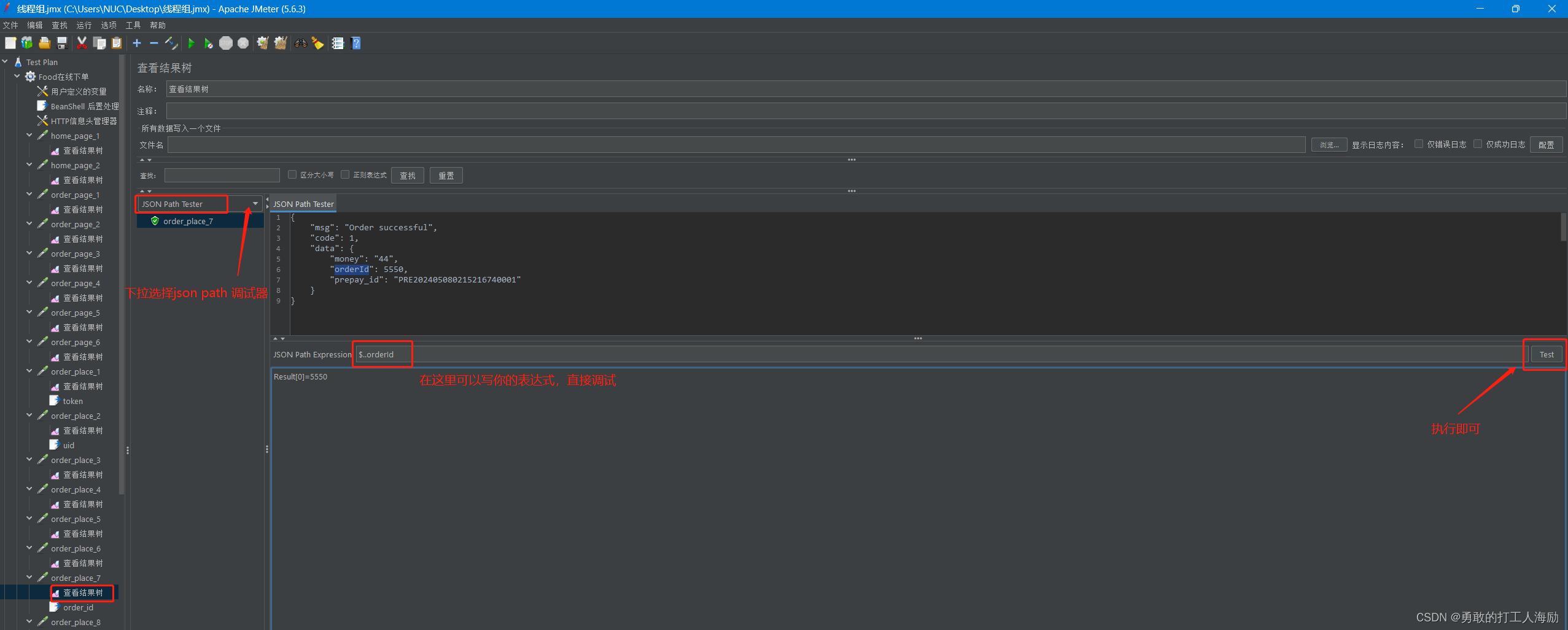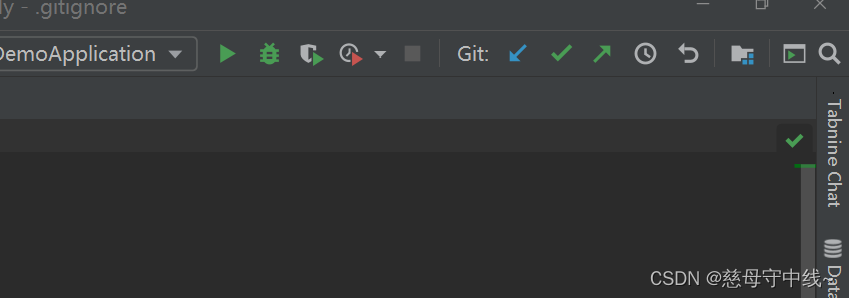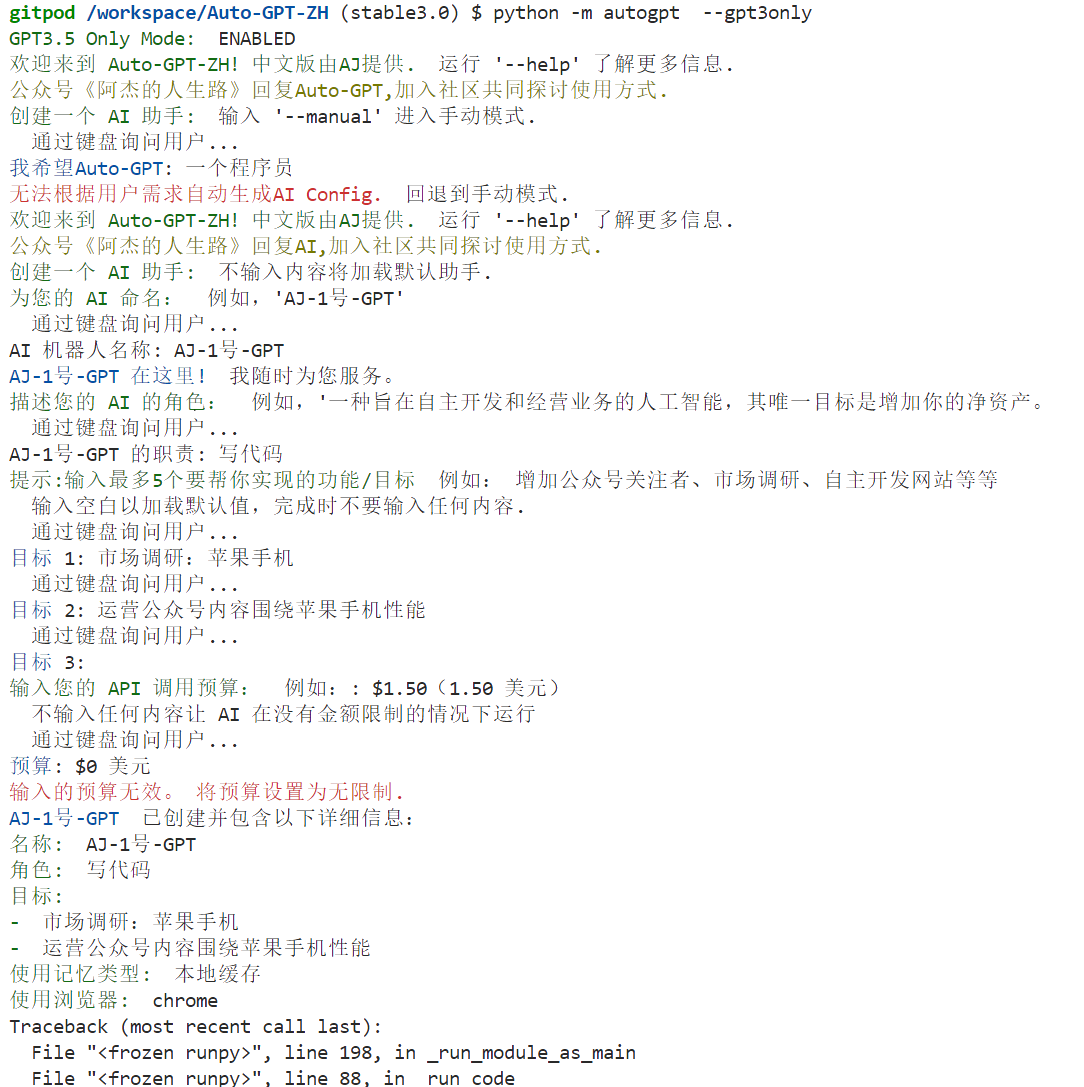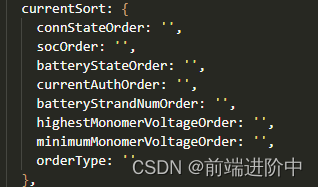引言
在信息驱动的时代,互联网上的数据成为了无可比拟的宝藏。本文旨在探讨如何通过利用Java和Apache HttpComponents库,从全球最大的社交网络平台Facebook上获取图像数据。
作为全球最大的社交网络平台,Facebook聚集了数以亿计的用户,其海量的用户数据中蕴含着巨大的价值,尤其是其中包含的丰富图像资源。这些图像不仅是用户生活的一部分,更是数据分析、机器学习等领域的宝贵素材。
尽管Facebook提供了API接口来获取数据,但在某些情况下,直接从网页上获取图像可能更为便捷和实用。而实现这一目标,就需要借助爬虫技术的力量。
为了实现从Facebook网页上下载图像的目标,我们将运用Java编程语言以及强大的Apache HttpComponents库,开发一个简单而高效的爬虫程序。
实现步骤
- 设置爬虫代理IP以避免被限制。
- 使用HttpClient发送请求并处理响应。
- 解析HTML以找到图像链接。
- 下载并保存图像。
以下是实现上述功能的Java代码示例,使用了爬虫代理IP技术,并加入了中文注释以便理解:
import org.apache.http.HttpHost;
import org.apache.http.client.config.RequestConfig;
import org.apache.http.client.methods.CloseableHttpResponse;
import org.apache.http.client.methods.HttpGet;
import org.apache.http.impl.client.CloseableHttpClient;
import org.apache.http.impl.client.HttpClients;
import org.apache.http.util.EntityUtils;
import java.io.File;
import java.io.FileOutputStream;
import java.io.IOException;
import java.util.concurrent.ExecutorService;
import java.util.concurrent.Executors;
public class FacebookImageDownloader {
// 亿牛云爬虫代理的配置信息
private static final String PROXY_HOST = "www.16yun.cn";
private static final int PROXY_PORT = 3128;
private static final String PROXY_USER = "username";
private static final String PROXY_PASS = "password";
public static void main(String[] args) {
// 配置代理
HttpHost proxy = new HttpHost(PROXY_HOST, PROXY_PORT);
RequestConfig config = RequestConfig.custom()
.setProxy(proxy)
.build();
// 创建HttpClient实例
try (CloseableHttpClient httpClient = HttpClients.custom()
.setDefaultRequestConfig(config)
.build()) {
// 创建线程池
ExecutorService executorService = Executors.newFixedThreadPool(5);
// 待下载图像的URL数组
String[] imageUrls = {
"http://www.example.com/image1.jpg",
"http://www.example.com/image2.jpg",
"http://www.example.com/image3.jpg"
};
// 发送请求、处理响应、解析HTML、下载图像
for (String imageUrl : imageUrls) {
executorService.execute(() -> {
try {
// 发送请求
HttpGet request = new HttpGet(imageUrl);
CloseableHttpResponse response = httpClient.execute(request);
// 处理响应
if (response.getStatusLine().getStatusCode() == 200) {
// 解析HTML(如果需要的话)
// 下载图像
byte[] imageData = EntityUtils.toByteArray(response.getEntity());
File destinationFile = new File("C:\\Downloads\\" + getImageName(imageUrl));
FileOutputStream fos = new FileOutputStream(destinationFile);
fos.write(imageData);
fos.close();
System.out.println("图像下载完成,保存到:" + destinationFile.getAbsolutePath());
} else {
System.err.println("图像下载失败:" + response.getStatusLine());
}
} catch (IOException e) {
e.printStackTrace();
}
});
}
// 关闭线程池
executorService.shutdown();
} catch (Exception e) {
e.printStackTrace();
}
}
// 从URL中获取图像文件名
private static String getImageName(String imageUrl) {
int lastIndexOfSlash = imageUrl.lastIndexOf('/');
return imageUrl.substring(lastIndexOfSlash + 1);
}
}
请注意,上述代码仅为示例,未包含完整的实现细节。在实际应用中,您需要根据Facebook的页面结构和API进行相应的调整。通过这样的设计,可以有效利用多线程技术提高图像下载的效率,同时代码结构清晰,易于理解和维护。



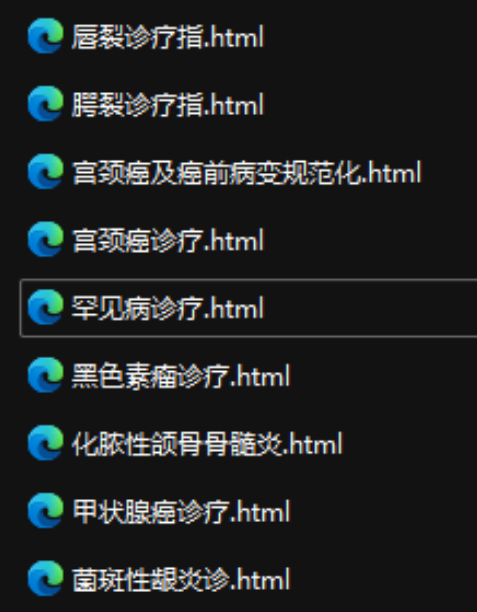

![[嵌入式系统-71]:RT-Thread-组件:日志管理系统ulog,让运行过程可追溯](https://img-blog.csdnimg.cn/img_convert/c7f2bdb67226e6b4e8c94594751123f7.png)
